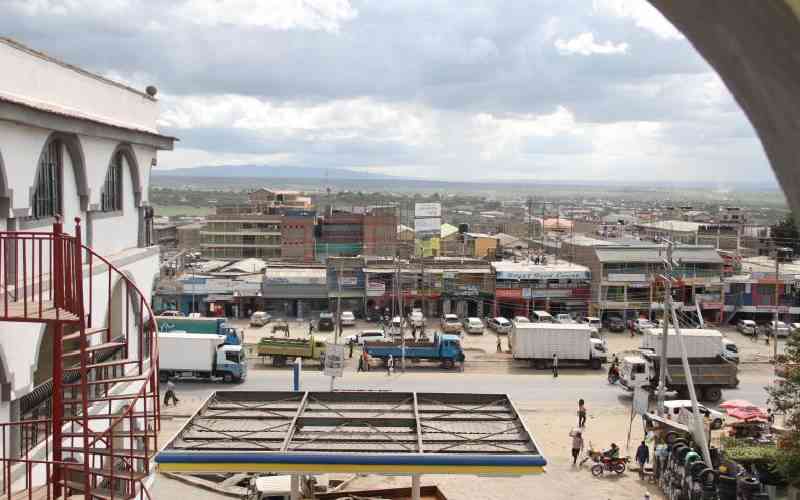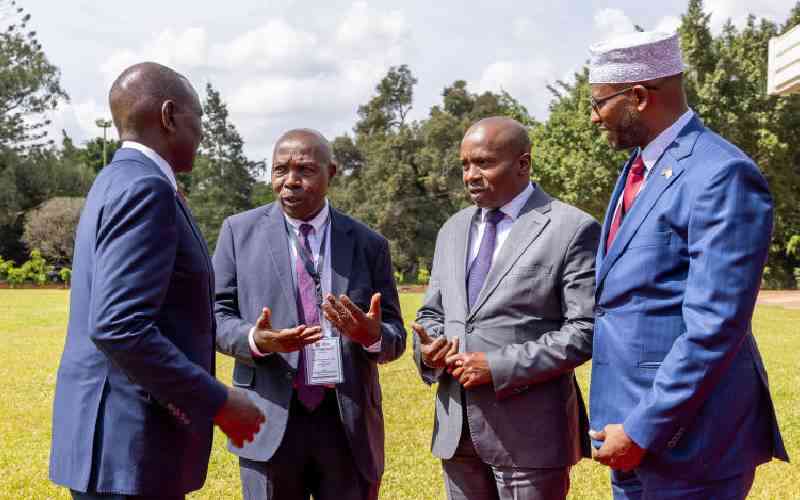As county budgets are approved by County Assemblies across the country, we find ourselves discussing the allocations between recurrent and development/capital expenditures. It is often argued that our problem is that we allocate ‘too much money’ to recurrent expenditure and not enough to development.
Recurrent expenditure is often incorrectly assumed to be unnecessary or even anti-development, such as when the wage bill is said to be ‘too high.’ When MCAs budget to hire personal assistants, it stokes fears even more. No doubt there are issues here, but I think we are often missing the more critical issue of what the recurrent expenditure is spent on – and towards what end. Recurrent expenditure is not unnecessary or even anti-development. Building hospitals that we cannot staff or supply with medicines would be atrocious.
Hence, I think that we should focus more on the quality of county governments’ programmes and their implementation to see whether public resources are being used efficiently. This essentially relates to question of ‘delivery’ in the public service.
The first question regarding priorities is a critical one. Many politicians feel beholden to their manifestos; but my caution is that manifestos are only important if they are consistent with the needs of the people. Often, they are elitist interpretations of what political campaigns think will sell to the electorate. Governors and their executives must consider how much time they spend listening to their electorate and avoid the tyranny of paperwork.
In this regard, leaders must be careful not just to listen to the organised and more powerful interests that are often easier to reach out to but also to listen to Wanjiku because that is where their interventions are likely to make the most significant difference. As such, holding barazas to reconfirm priorities is critical; as is the need for regular surveys to gauge citizen satisfaction with the delivery of public services.
Genuine public engagement should help governors develop solid development programmes to guide their actions during their terms. A good plan would be far from what we have seen contained in the first County Integrated Development Plans that county governments are required to prepare. Many of these documents appeared to be standardised templates filled with high sounding – if sometimes impractical – aspirations expressed in the most technical language to sound government-like. Little wonder, there was a huge gap between expectations and reality.
But ensuring effective delivery of their programmes also requires that they design their offices and the executive arm of the county government in a manner that is suited for delivery. The governor must keep track of the progress and constantly counter-check the people’s satisfaction. The governor must also set up a mechanism for monitoring and supporting the delivery of the most critical programs in the county that would keep him appraised of developments.
Contrary to what has been suggested before, the delivery focus should not only relate to big infrastructure projects. Rather, it is a useful approach for governors and other public leaders to keep track of their programs. An important example to highlight here is Mwangi wa Iria’s transformation of the dairy sector in Murang’a. The improvements in the earnings of Murang’a dairy farmers happened long before the investment in the milk processing plant. Non-infrastructural improvements in the efficiency of the supply chain resulted in major savings and made a difference in people’s lives.
It follows, for instance, that if Sonko wants to ease traffic congestion in Nairobi, he should not wait for trams but instead pursue innovative changes such as redesigning the funnel-like public transport system that drains into the city centre. Listening to citizens more and focussing on program implementation, will serve governors well.
-The writer is a PhD candidate at the University of Edinburgh. [email protected]
 The Standard Group Plc is a
multi-media organization with investments in media platforms spanning newspaper
print operations, television, radio broadcasting, digital and online services. The
Standard Group is recognized as a leading multi-media house in Kenya with a key
influence in matters of national and international interest.
The Standard Group Plc is a
multi-media organization with investments in media platforms spanning newspaper
print operations, television, radio broadcasting, digital and online services. The
Standard Group is recognized as a leading multi-media house in Kenya with a key
influence in matters of national and international interest.
 The Standard Group Plc is a
multi-media organization with investments in media platforms spanning newspaper
print operations, television, radio broadcasting, digital and online services. The
Standard Group is recognized as a leading multi-media house in Kenya with a key
influence in matters of national and international interest.
The Standard Group Plc is a
multi-media organization with investments in media platforms spanning newspaper
print operations, television, radio broadcasting, digital and online services. The
Standard Group is recognized as a leading multi-media house in Kenya with a key
influence in matters of national and international interest.








